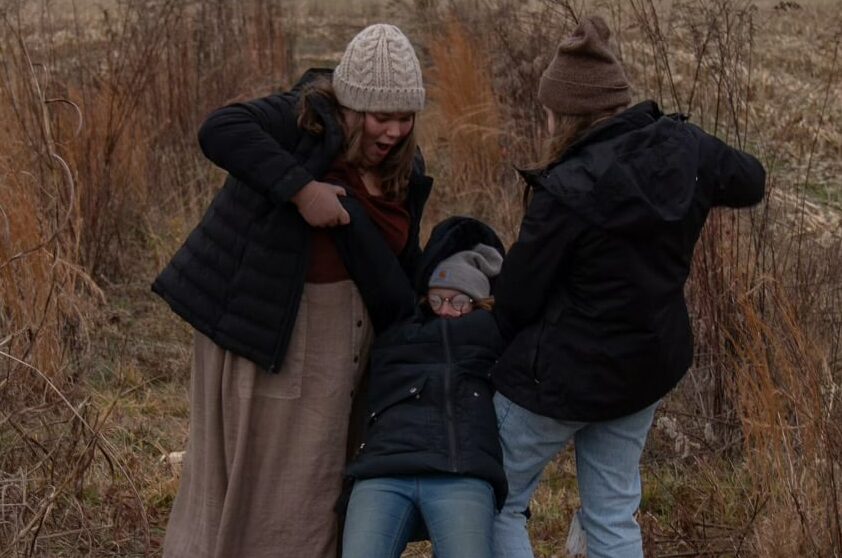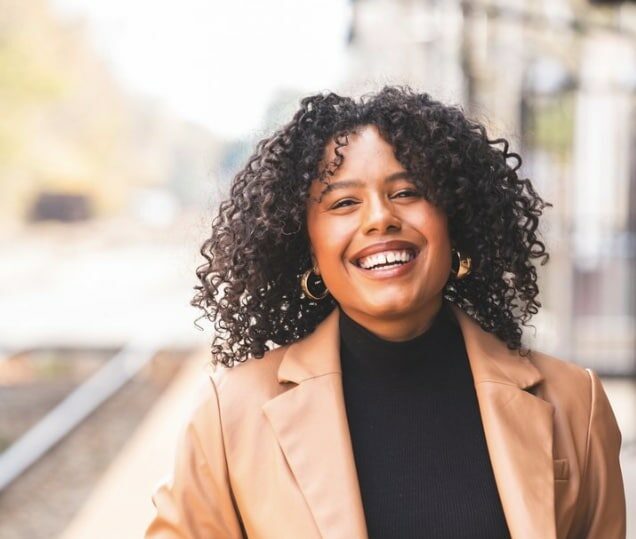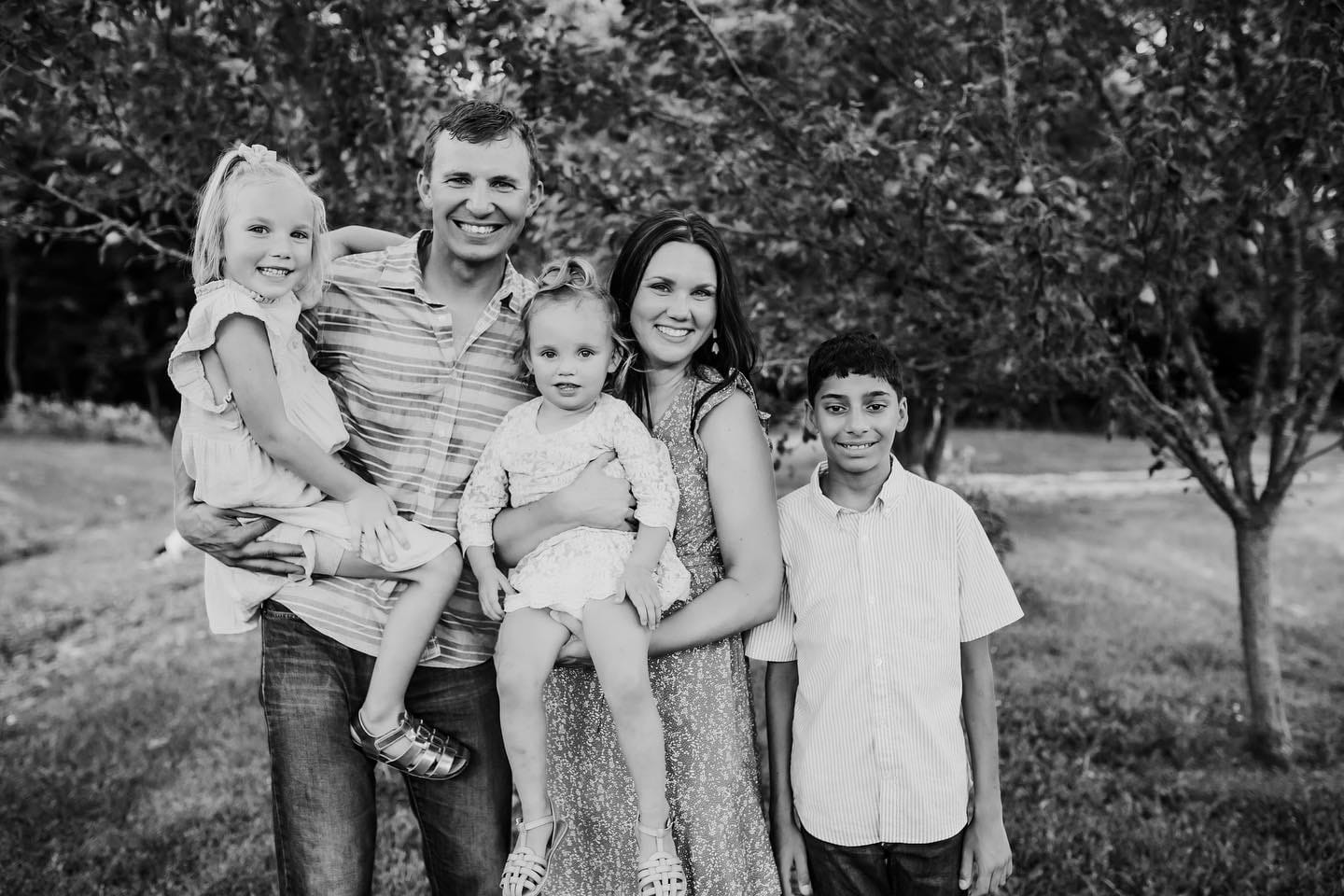The link between foster care and human trafficking is devastating and undeniable.
We love sharing heartwarming stories, the ones where children are reunified with families who have desperately worked to get them back, where children who cannot be safely reunified are adopted by loving and wonderful families who cherish them. The reality, though, is that these stories are not the universal experience for children in foster care. For some children, their stories go beyond foster care and into the horrific world of human trafficking.
Youth in foster care are at an elevated risk of being trafficked compared to their peers.
Research indicates that 98% of children who are sex trafficking survivors had previous involvement with child welfare services. The picture you may have in your mind of windowless white vans and strangers offering candy to children alone on playgrounds is simply not the reality of how traffickers recruit their victims. More often than not, traffickers build a relationship with their victims. They identify vulnerabilities, and then use those vulnerabilities to create a dependency. They may offer friendship, meals, gifts, etc. They might make false promises of a safe place to stay and a stable job. When preying on victims, the most vulnerable (children who are experiencing instability, whether economic or social) are easier targets. When traffickers build relationships with their targets, kidnapping is unnecessary, and often their victims go willingly, unaware that they are falling into the trap of a trafficker. After they have lured their victims in, traffickers make their victims dependent so that they cannot simply walk away and find freedom. Once you understand the tactics of traffickers, it’s easy to see why so many youth in foster care, especially runaways and homeless youth who lack stability, who have experienced trauma after trauma, and who have little to no support end up falling prey.
While the correlation between spending time in foster care and becoming a victim of human trafficking are devastating, it is unfortunately not the only correlation between child welfare and human trafficking.
Not only do a devastating number of children in foster care end up as victims of human trafficking, but one study shows that 24% of traffickers in the United States were in foster care at some point when they were a child. 100% of the traffickers interviewed in this specific study reported that they experienced physical violence in their home or foster care placement, and 80% of traffickers reported experiencing sexual abuse as a child by a family member, foster parent, or close family friend. For many of these perpetrators, they come from the worst of the worst situations. They are removed from homes where they are not safe, and are placed in foster homes where they are not safe. They experienced abuse after abuse from the people in their lives who should have been the ones protecting them. If all you know is trauma, manipulation, abuse, and abandonment, it’s logical that you might turn to the same tactics once used on you as a means of survival. Though none of this information justifies their ultimate decision to prey on vulnerable children just as they were once preyed on, it does give context and urgency to the need to provide safety, stability, and trauma informed care for children and youth in foster care.
So what do you do?
The link between foster care and human trafficking cannot be ignored, and the burden of caring for vulnerable children in our communities falls on all of us. We cannot turn away and pretend that this isn’t happening in our own states, in our own cities, and likely in our neighborhoods.
It’s easy to read any of this information and feel weary, to feel like trafficking is an evil so perverse that we cannot make a difference, like the work is hopeless. If you’re feeling that way, I get it. I have been there, and I want you to recognize those feelings and choose to move forward anyways. The work of caring for vulnerable children is rarely easy and lighthearted.
Here are a few things you can do to make a difference for foster youth at risk of human trafficking:
- Educate yourself on what human trafficking looks like. The Polaris Project has a free course called “Human Trafficking 101” to help educate the public and combat myths about trafficking. Click here to access it.
- Educate your kids on the realities and risks of human trafficking. If you are a foster parent this is particularly important. Even if you are not a foster parent, it is highly likely that your child will encounter someone experiencing the types of vulnerabilities on which traffickers prey. Educate your kids so that they can recognize the warning signs, both for themselves and for others. I have seen firsthand a child protected from being lured into a potential trafficking situation because she had a friend who recognized that something was off and was willing to go to a safe adult and ask for help.
- Become a CASA, a foster parent, or a respite care provider. Youth in foster care are particularly vulnerable, any way that you can provide stability, trauma informed care, and safety can make a massive difference in the life of a child.
- Find and support local organizations that support foster youth who are aging out of care, that work specifically in anti trafficking, or that walk alongside current foster families and serve the children in their care.
The burden of caring for vulnerable children falls on all of us, the weight of fighting human trafficking is heavy and cannot be carried alone. You don’t have to be a super human to make a difference, you just have to be willing. Are you?
Written by Hannah Scott, TAP team member



